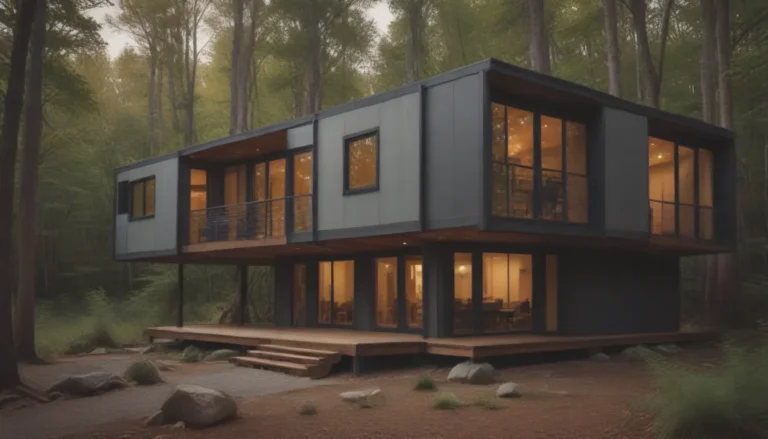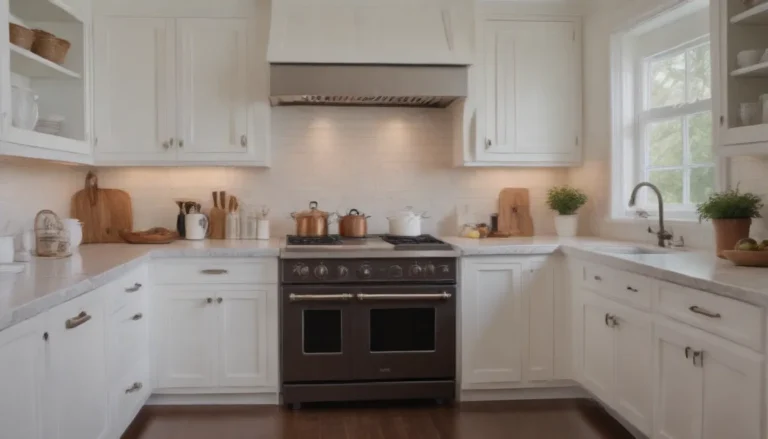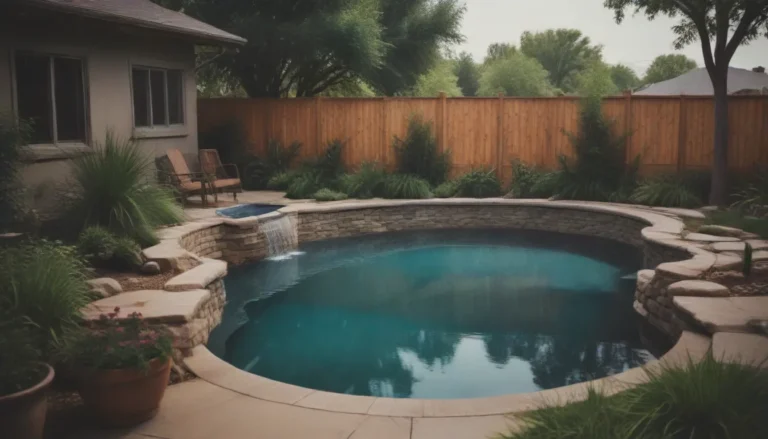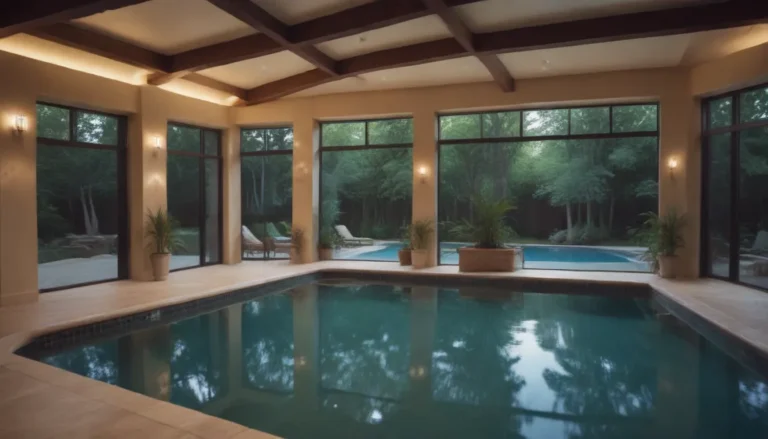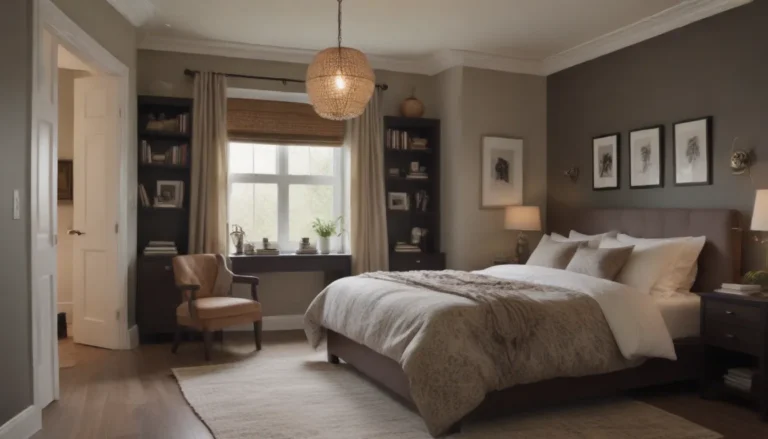Discover 7 Iconic Frank Lloyd Wright Homes You Must Visit
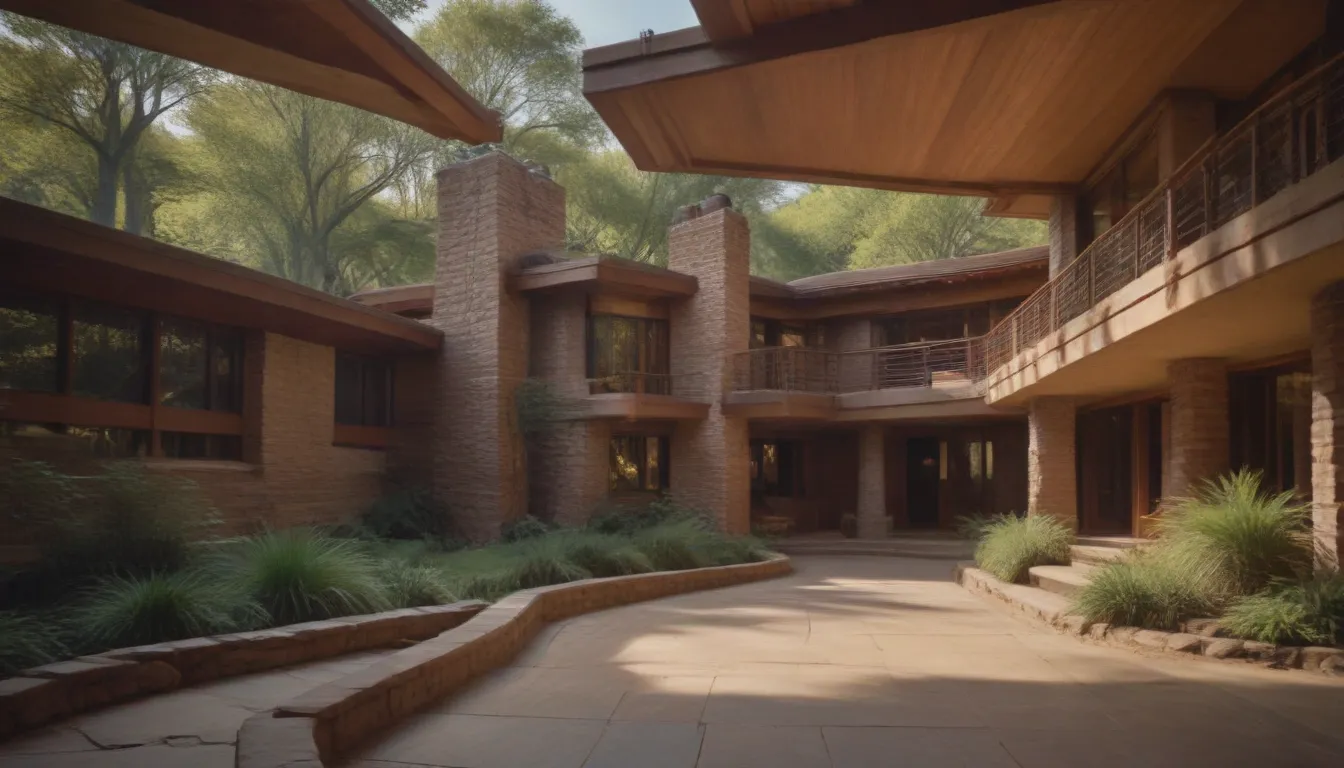
Introduction
Welcome to a journey through the architectural wonders created by the legendary Frank Lloyd Wright. In this article, we’ll delve into seven stunning homes designed by Wright that showcase his innovative approach to architecture and his belief in harmonizing with nature. From Pennsylvania to Arizona, each of these homes tells a unique story and offers insights into Wright’s creative genius. Let’s explore these architectural marvels that have stood the test of time and continue to inspire architects and design enthusiasts around the world.
Understanding Frank Lloyd Wright
Before we dive into the details of each home, let’s take a moment to appreciate the genius of Frank Lloyd Wright. Born in 1867, Wright was a visionary architect who revolutionized the field of architecture with his groundbreaking designs. He was a pioneer of Prairie-style architecture, which emphasized integrating buildings with their natural surroundings. Wright believed in creating structures that flowed seamlessly with the environment, blurring the lines between indoors and outdoors.
Throughout his illustrious career spanning over seven decades, Wright designed more than 1,000 buildings, each showcasing his innovative vision and unparalleled creativity. His designs not only influenced the development of modern architecture in Europe but also contributed to the mid-century modern aesthetic that continues to captivate audiences worldwide. Let’s now explore some of the most iconic homes designed by Frank Lloyd Wright.
1. Fallingwater
Location: Mill Run, Pennsylvania
Year Built: 1935
One of Frank Lloyd Wright’s most acclaimed works, Fallingwater House, is a true masterpiece of residential architecture. Designed in 1935 for Edgar J. Kaufmann, Sr., this house is perched atop a waterfall in rural Pennsylvania. Constructed from native sandstone and other materials found on the property, Fallingwater exemplifies Wright’s organic architectural style. The house, now a museum open to the public, still retains its original furniture and artwork, making it a must-visit for architecture enthusiasts.
2. The Martin House
Location: Buffalo, New York
Year Built: 1905
The Martin House in Buffalo, New York, is a testament to Wright’s Prairie House design philosophy. Built for Darwin D. Martin and his family, this National Historic Landmark features overhanging eaves, horizontal planes, and the iconic “Tree of Life” window. With close to 400 examples of Wright-designed art glass, the Martin House is a true architectural gem that offers a glimpse into Wright’s creative genius.
3. Graycliff
Location: Derby, New York
Year Built: 1931
Perched on a bluff overlooking Lake Erie, Graycliff is a striking example of Wright’s organic architecture. Known as “the Jewel on the Lake,” this summer estate was designed for Isabelle R. Martin and features innovative design elements such as transparent glass walls and cantilevered balconies. Constructed using local limestone and sand from the nearby beach, Graycliff is a testament to Wright’s ability to harmonize architecture with its natural surroundings.
4. Taliesin
Location: Spring Green, Wisconsin
Year Built: 1959
Situated on an 800-acre estate in Wisconsin, Taliesin served as Frank Lloyd Wright’s home, studio, and laboratory of organic architecture. With designs spanning nearly every decade of Wright’s career, Taliesin is a UNESCO World Heritage site that reflects the architect’s evolving style and vision. Described as Wright’s “autobiography in wood and stone,” Taliesin offers a glimpse into the mind of a visionary architect.
5. Taliesin West
Location: Scottsdale, Arizona
Taliesin West, located in the desert foothills of Arizona, was Wright’s winter home and design studio. Considered among the most personal of Wright’s creations, Taliesin West embodies the architect’s deep connection to the desert landscape. As a National Historic Landmark and UNESCO World Heritage site, the house offers guided tours that provide a unique insight into Wright’s design process and his affinity for nature.
6. Seth Peterson Cottage
Location: Mirror Lake, Wisconsin
The Seth Peterson Cottage is a hidden gem among Frank Lloyd Wright’s designs, showcasing his ability to blend architecture with nature. Perched on a steep hill overlooking Mirror Lake, this modest 880-square-foot house features local Wisconsin stone and a central fireplace. Open to the public for tours and overnight stays, the cottage is a testament to Wright’s timeless design principles and his commitment to creating spaces that resonate with the natural environment.
7. Laurent House
Location: Rockford, Illinois
Year Built: 1949
Designed for a World War II veteran with a physical disability, the Laurent House in Rockford, Illinois, is a unique example of Wright’s inclusive design approach. Created decades before the American Disabilities Act, this single-story home maximizes exposure to sunlight through its innovative design features. The Laurent House, added to the National Register of Historic Places, embodies Wright’s belief that architecture should be accessible to all individuals, regardless of physical ability.
Conclusion
As we conclude our exploration of these iconic Frank Lloyd Wright homes, it’s evident that his legacy transcends time and continues to inspire architects and design enthusiasts worldwide. From Fallingwater to Taliesin, each of these houses offers a glimpse into Wright’s innovative design philosophy and his unwavering commitment to blending architecture with nature. Whether you’re a seasoned architecture aficionado or simply appreciate beautiful design, visiting these homes is a must-do experience that will leave you in awe of Wright’s genius. So, plan your visit to these architectural marvels and embark on a journey through the visionary world of Frank Lloyd Wright.
